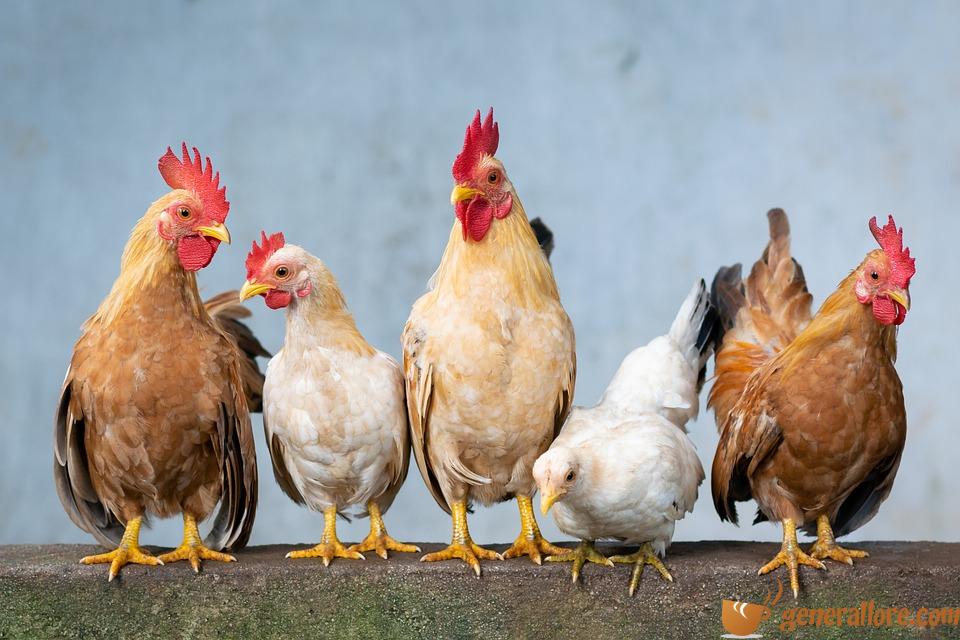The Rise of Vertical Farming: Innovative Solutions for Urban Agriculture
Introduction
Urban agriculture has been on the rise in recent years, as more and more people are looking for innovative solutions to feed the growing population in urban areas. One such solution that has gained a lot of attention is vertical farming. Vertical farming is the practice of growing crops in vertically stacked layers, usually in controlled environments. This allows for higher crop yields and the ability to grow food in urban areas where traditional farming may not be possible. In this article, we will explore the rise of vertical farming and the innovative solutions it provides for urban agriculture.
Benefits of Vertical Farming
Some of the key benefits of vertical farming include:
- Maximizing crop yields in limited space
- Reducing the need for traditional farmland
- Conserving water and energy
- Providing fresh, locally-grown produce in urban areas
Challenges of Vertical Farming
Despite its potential benefits, vertical farming also comes with its own set of challenges, including:
- High initial investment costs
- Energy consumption for artificial lighting and climate control
- Technology and infrastructure requirements
- Economic viability and scalability
Technological Advancements in Vertical Farming
Recent technological advancements have revolutionized the way vertical farming is practiced. Some of the key innovations include:
- LED lighting for efficient and customizable light spectrums
- Hydroponic and aeroponic systems for water-efficient crop production
- Automated climate control and monitoring systems
- Robotics for seeding, planting, and harvesting
Environmental Impact of Vertical Farming
Vertical farming has the potential to significantly reduce the environmental impact of traditional farming practices by:
- Minimizing land use and habitat destruction
- Reducing the need for chemical pesticides and fertilizers
- Conserving water and reducing pollution from agricultural runoff
- Lowering greenhouse gas emissions from transportation and storage of produce
Conclusion
The rise of vertical farming represents a promising solution for urban agriculture, offering a sustainable way to produce fresh, nutrient-dense food in densely populated areas. While there are still challenges to overcome, the continued technological advancements and increased investment in vertical farming are paving the way for a more resilient and efficient food system.
FAQs
Q: Is vertical farming a sustainable solution for urban agriculture?
A: Vertical farming has the potential to significantly reduce the environmental impact of traditional farming practices by minimizing land use, reducing the need for chemical pesticides and fertilizers, conserving water, and lowering greenhouse gas emissions.
Q: What are the key benefits of vertical farming?
A: Some of the key benefits of vertical farming include maximizing crop yields in limited space, reducing the need for traditional farmland, conserving water and energy, and providing fresh, locally-grown produce in urban areas.
Q: What are the challenges of vertical farming?
A: Despite its potential benefits, vertical farming also comes with its own set of challenges, including high initial investment costs, energy consumption for artificial lighting and climate control, technology and infrastructure requirements, and economic viability and scalability.
Q: How has technology advanced vertical farming?
A: Recent technological advancements have revolutionized the way vertical farming is practiced, including LED lighting for efficient and customizable light spectrums, hydroponic and aeroponic systems for water-efficient crop production, automated climate control and monitoring systems, and robotics for seeding, planting, and harvesting.
Q: What is the environmental impact of vertical farming?
A: Vertical farming has the potential to significantly reduce the environmental impact of traditional farming practices by minimizing land use and habitat destruction, reducing the need for chemical pesticides and fertilizers, conserving water, and lowering greenhouse gas emissions from transportation and storage of produce.
Q: How does vertical farming contribute to urban agriculture?
A: Vertical farming allows for higher crop yields and the ability to grow food in urban areas where traditional farming may not be possible, providing fresh, locally-grown produce to urban populations.
Q: What are the economic considerations of vertical farming?
A: While there are high initial investment costs and economic viability challenges, vertical farming has the potential to provide a sustainable and efficient food system, contributing to the long-term economic viability of urban agriculture.
Q: What role does vertical farming play in food security?
A: Vertical farming offers a promising solution for food security by providing a sustainable way to produce fresh, nutrient-dense food in densely populated areas and reducing reliance on traditional farming practices with limited space and resources.
Q: What are some examples of successful vertical farming initiatives?
A: Several urban centers around the world have embraced vertical farming as a way to meet the growing demand for fresh, locally-grown produce, with initiatives ranging from small-scale urban gardens to large commercial vertical farming operations.
Q: How can individuals support vertical farming initiatives?
A: Individuals can support vertical farming initiatives by advocating for sustainable urban agriculture policies, supporting local vertical farming businesses, and exploring opportunities to grow their own food in urban environments.




